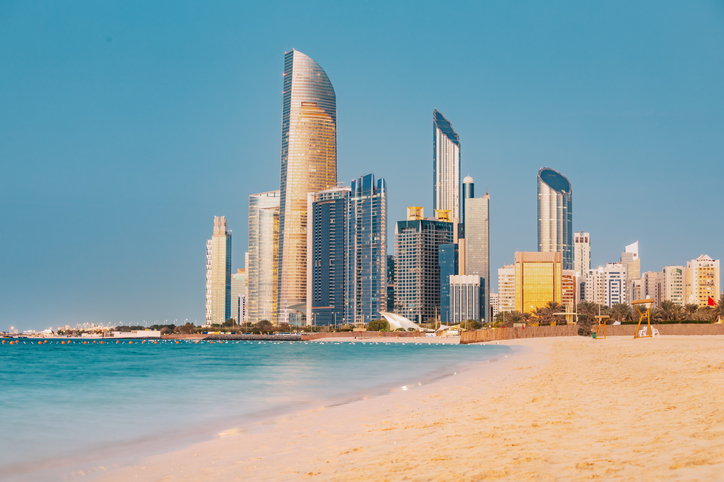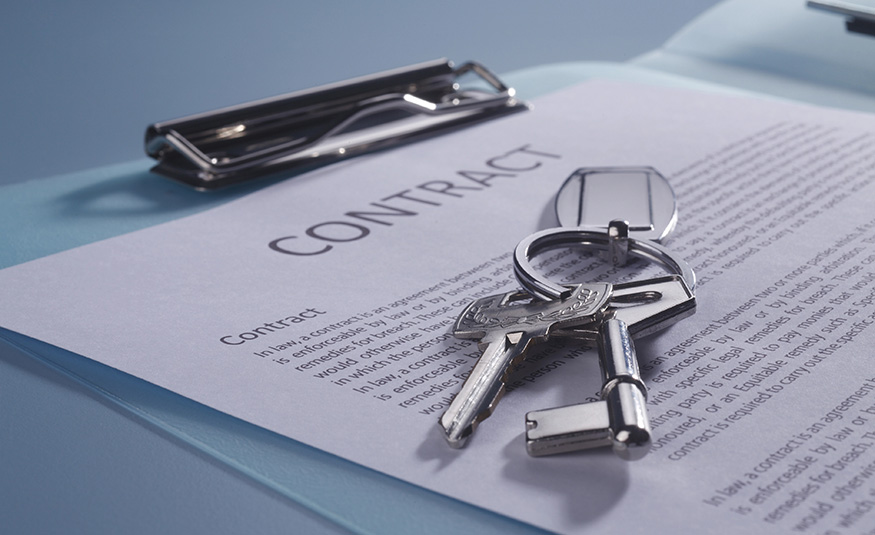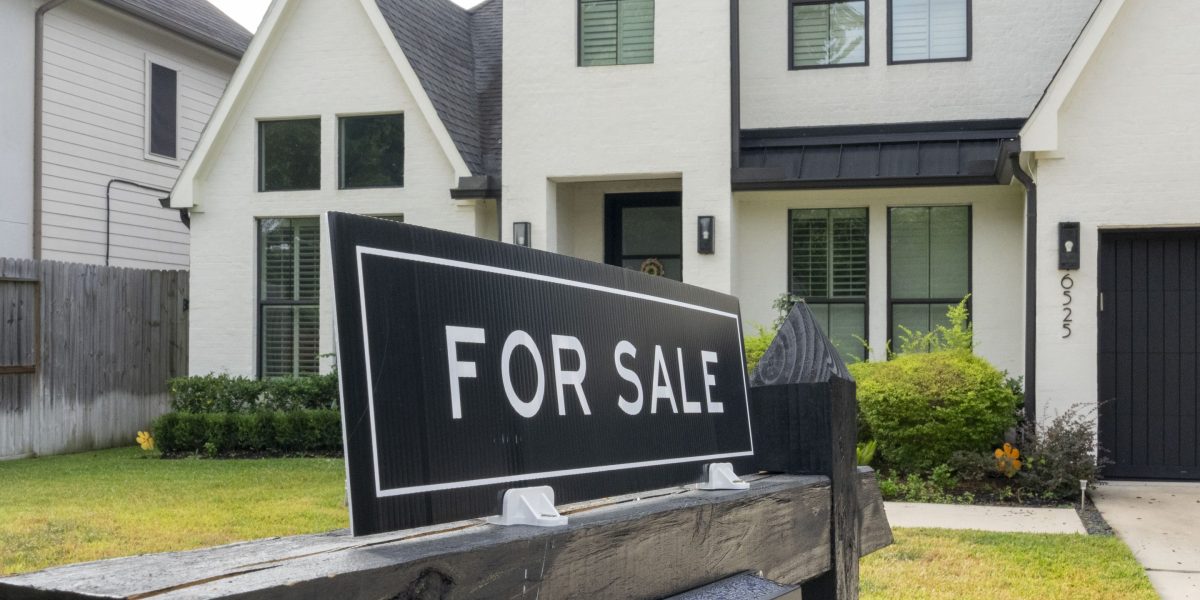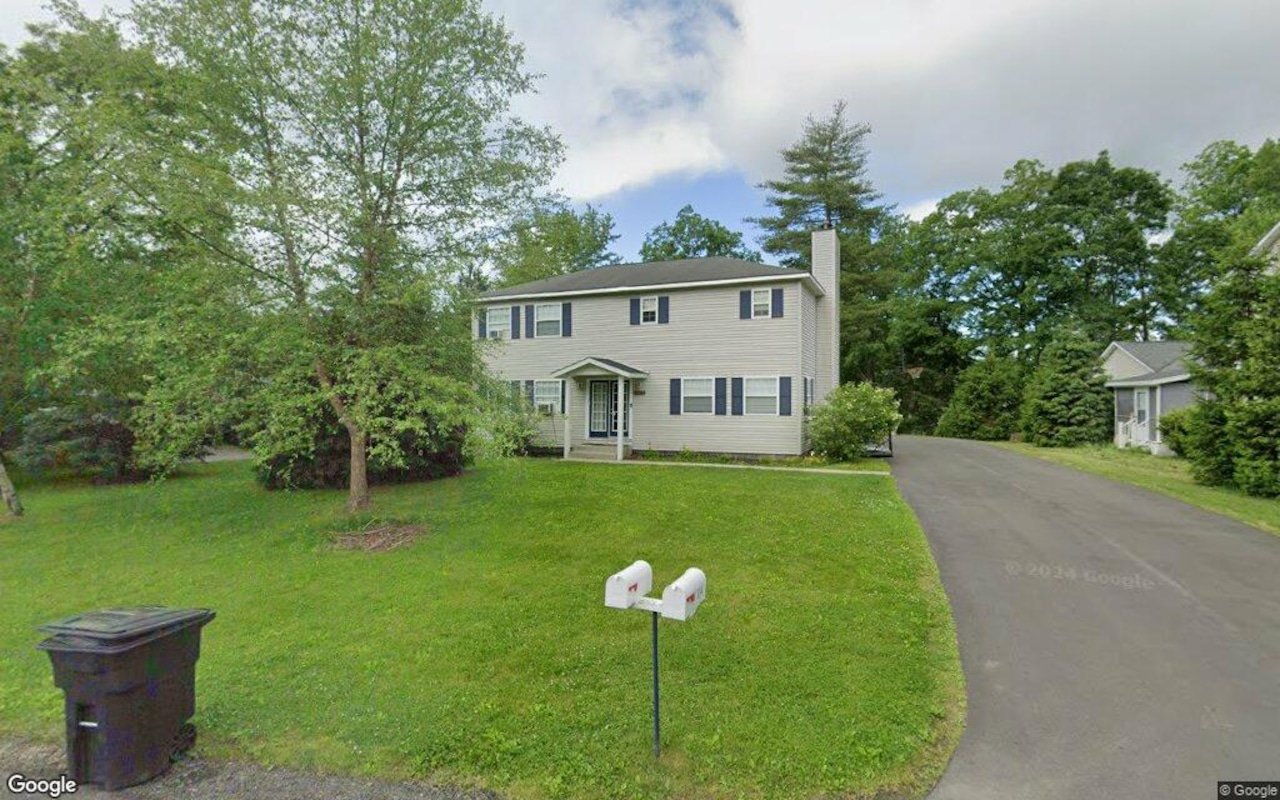S
anta Fe, New Mexico, has undergone significant changes in recent years, transforming from a bohemian haven into a gentrified city with skyrocketing real estate prices. As a result, the city's reputation for creativity, innovation, and middle-class comfort is being eroded. I've lived in Santa Fe for 14 years, but even the most pleasant days are now tense and anxious due to the average rent of around $1900.
In 2021, I found myself on the brink of homelessness despite being two months away from being named the poet laureate of Santa Fe. This experience highlighted the fragility of my standing as a self-made writer in a housing economy designed to push struggling renters to the margins. The housing crisis is as brutal and impersonal as the pandemic that accelerated it, affecting not only writers and artists but also service workers, essential workers, and academics.
My ordeal began when I applied for affordable housing at the Siler Yard Art and Creativity Center, a complex sponsored by a local housing coalition and backed by federal funding. However, two weeks before our scheduled move-in date, we were informed that our units were unavailable due to failed housing inspections. This news came as a shock, threatening to leave many of us homeless.
The landlord at my current apartment took advantage of the situation, demanding I pay additional charges, including replacing a gas meter, or vacate the premises immediately. I was forced to remain in my old apartment and pay the landlord's demands, feeling precariously between homes. The experience left me feeling lethargic, depressed, and anxious, with few resources and no access to affordable legal backing.
The housing crisis is not an occasional condition but a lifestyle for many vulnerable tenants. Landlord-tenant laws are biased against renters, and the system is designed to push them to the margins. In Santa Fe, the average rent increased by over 40% in five years, making it impossible for low-income earners to afford housing.
I've seen this pattern play out in other cities, including Charleston, South Carolina, where gentrification pushed the Black middle class and me to the margins. I chose Santa Fe for its reputation as a welcoming city for artists, but even here, I've found myself struggling to afford rent and studio space.
The housing crisis presents an opportunity for artists to answer for themselves and mobilize against the soul-diminishing effects of gentrification. By sharing their platforms and outlets, they can depict the housing crisis as an existential threat to their work and the livelihoods of millions of city employees, school teachers, and essential workers.
As I live in market housing with the same fear as others, I'm reminded that artists have the skills to portray the wrenching nature of this dilemma. However, many of us are just fighting to survive. It's long past time for creative people to pull together with a sense of urgency to draw attention to the plight of the precariously housed and remake a system that offers only the thin promise of narrowly escaping homelessness.














